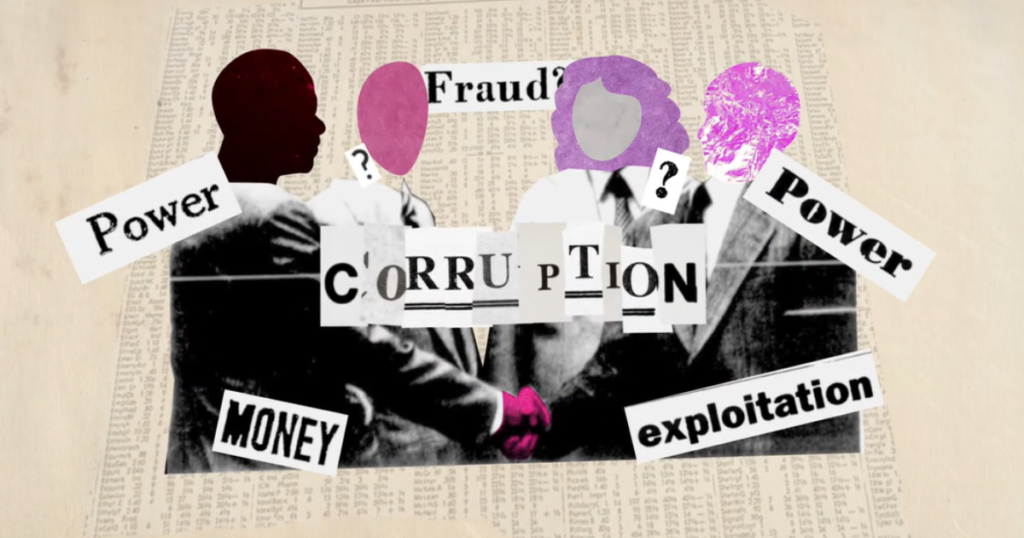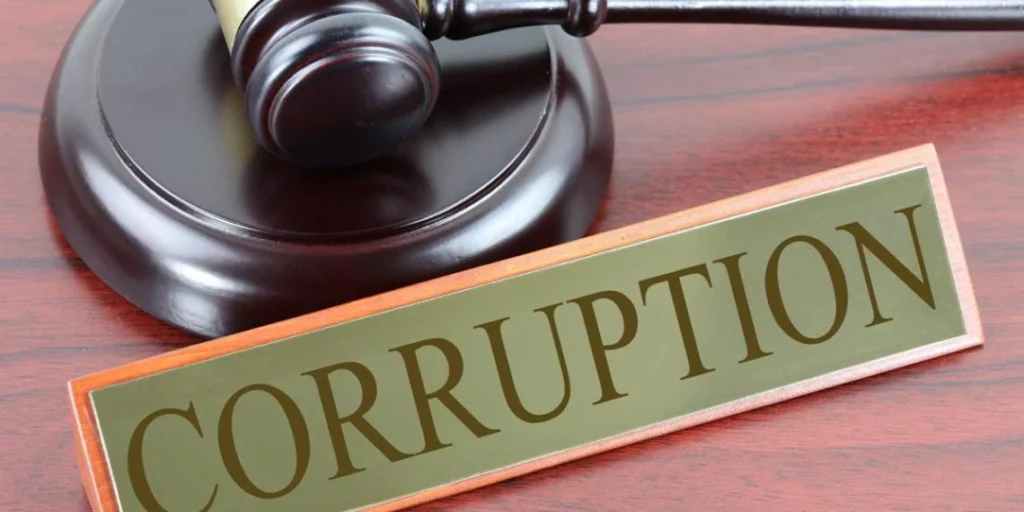Unveiling the Shadows: The True Cost of Corruption

In the labyrinthine corridors of power, where shadows dance with light and truth is often obscured, corruption lurks like an insidious specter. It’s not merely a political issue but a multifaceted, global dilemma that erodes the very foundations of society. But what if we told you that the story of corruption is not just about greed and power but also about the human spirit, the fragility of trust, and the quest for integrity?
The Many Faces of Corruption
Corruption is a chameleon, shifting its form to suit its environment. It appears in grand schemes involving billions, like the infamous Enron scandal, and in subtler forms, such as the minor bribes that grease the wheels of everyday transactions. But its true nature is revealed not in the size of the scandal but in the erosion of moral fabric.

1. The Invisible Cost
Beyond the immediate financial losses, the most profound impact of corruption is psychological. It breeds cynicism, erodes trust, and undermines faith in institutions. When people believe that every decision is tainted by corruption, they disengage. This disengagement is a silent killer, sapping the vitality of democratic processes and civic participation. Imagine a community where trust is so depleted that people no longer believe in the efficacy of their voice. The silent, creeping apathy that follows is a price often paid long after the initial scandal has faded from headlines.
2. The Social Fabric at Risk
Corruption isn’t just a political or economic issue; it deeply affects social cohesion. In societies plagued by corruption, the gap between the elite and the ordinary citizens widens. This disparity fosters resentment and division. Think of the subtle yet profound impact of corruption on education, healthcare, and infrastructure. When funds are siphoned off through corrupt practices, it’s not just a ledger that’s altered but lives that are affected. Schools lack resources, hospitals run short on supplies, and roads remain unpaved. The fabric of society frays as a result, with long-term implications that are rarely immediately visible but profoundly damaging.
The Human Element

At its core, corruption is a human issue. It’s about choices, values, and the intricate dance between personal gain and collective good. Consider the individuals who, under the right circumstances, might find themselves involved in corrupt practices. It’s not always the villain in a dark suit; often, it’s someone who justifies their actions as a necessary evil or as a means to an end.
1. The Slippery Slope
Corruption often begins with small compromises, seemingly harmless at first but progressively leading to larger ethical breaches. The slippery slope is real, and many who end up deeply embroiled in corrupt activities started with what they considered minor transgressions. It’s a reminder that ethical integrity is not a fixed point but a dynamic process that requires constant vigilance.
2. Redemption and Reform
Interestingly, stories of redemption and reform are also a part of the corruption narrative. Individuals who once participated in corrupt practices and later turned whistleblower or became advocates for change reveal the potential for transformation. Their journeys often involve profound personal and moral struggles, highlighting that change is possible even in the murkiest waters.
Innovative Solutions and Hope

Despite the pervasive nature of corruption, there are innovative approaches and hopeful signs. Technology, for example, offers new tools for transparency and accountability. Blockchain, for instance, provides an immutable ledger that can reduce corruption in financial transactions and record-keeping.
1. Digital Transparency
From e-governance to open data initiatives, digital tools are making it harder for corrupt practices to thrive in the shadows. Governments and organizations are increasingly using technology to track and audit transactions, making it easier for citizens to access information and hold officials accountable.
2. Grassroots Movements
In many parts of the world, grassroots movements and civil society organizations are leading the charge against corruption. These groups work tirelessly to promote transparency, advocate for policy changes, and educate the public about their rights. They represent a powerful force for change, often achieving remarkable results despite limited resources.
A Call to Action

Understanding corruption requires more than just acknowledging its existence; it demands action. It calls for a concerted effort to build systems that are resilient against corruption, foster environments where integrity is rewarded, and create cultures where transparency is the norm rather than the exception.
In the end, combating corruption is not just about eradicating a problem but about nurturing a society where trust and integrity can flourish. It’s about ensuring that the corridors of power are illuminated not by shadows but by the bright light of accountability and fairness.
As we delve into the complexities of corruption, let’s remember that every action taken against it, every reform implemented, and every person who stands up for integrity contributes to a broader narrative—a narrative where the values of trust and transparency shine through the darkest of times.

Leave a Reply